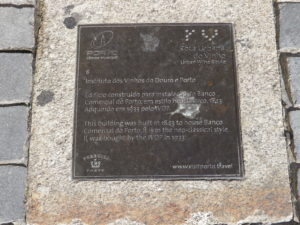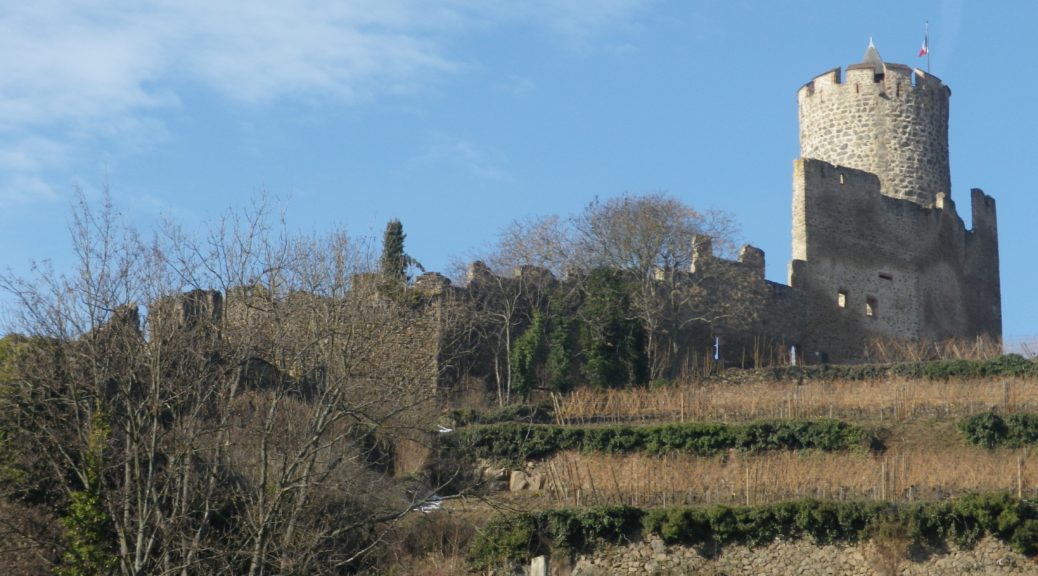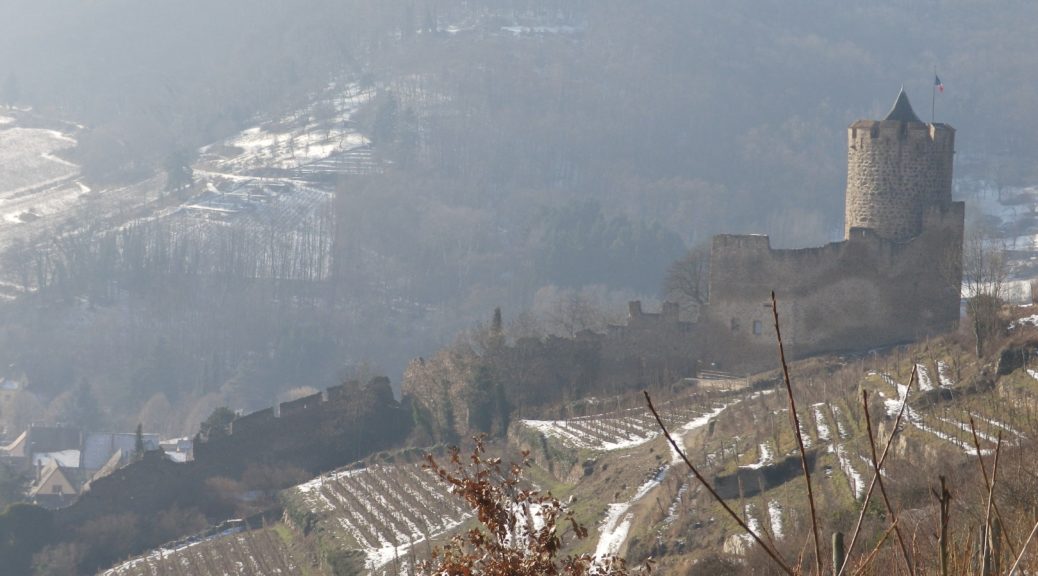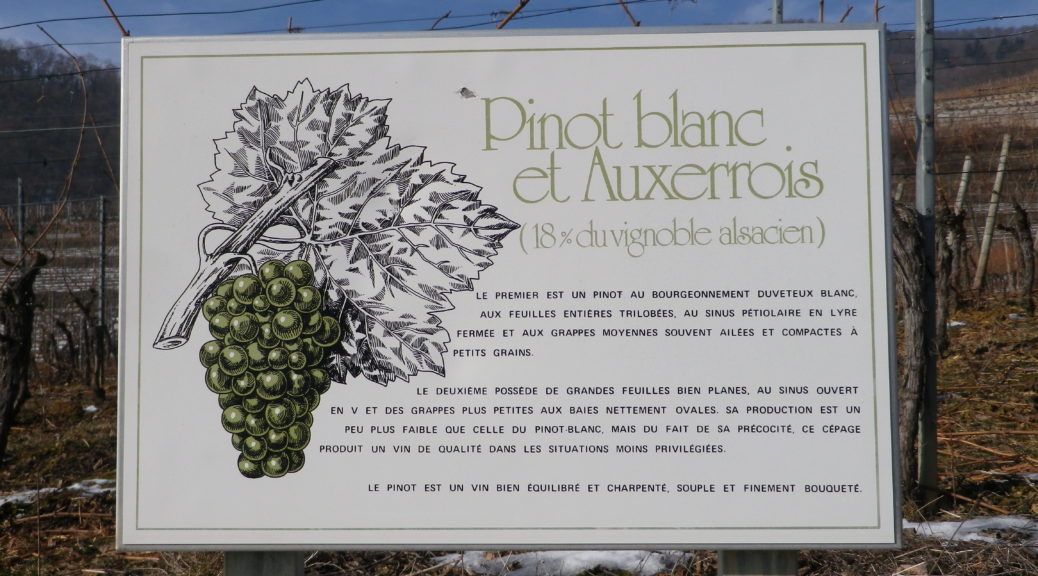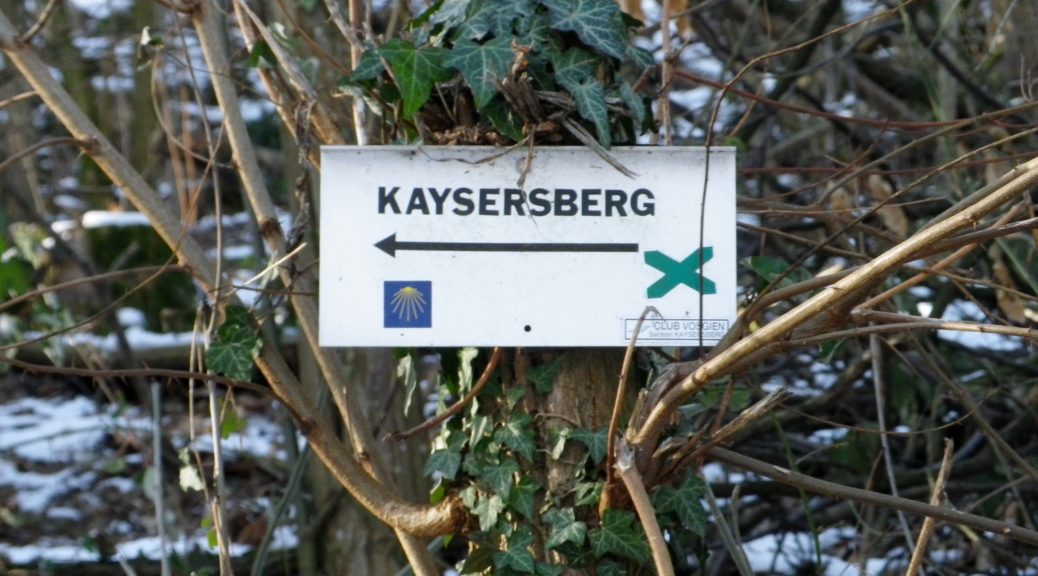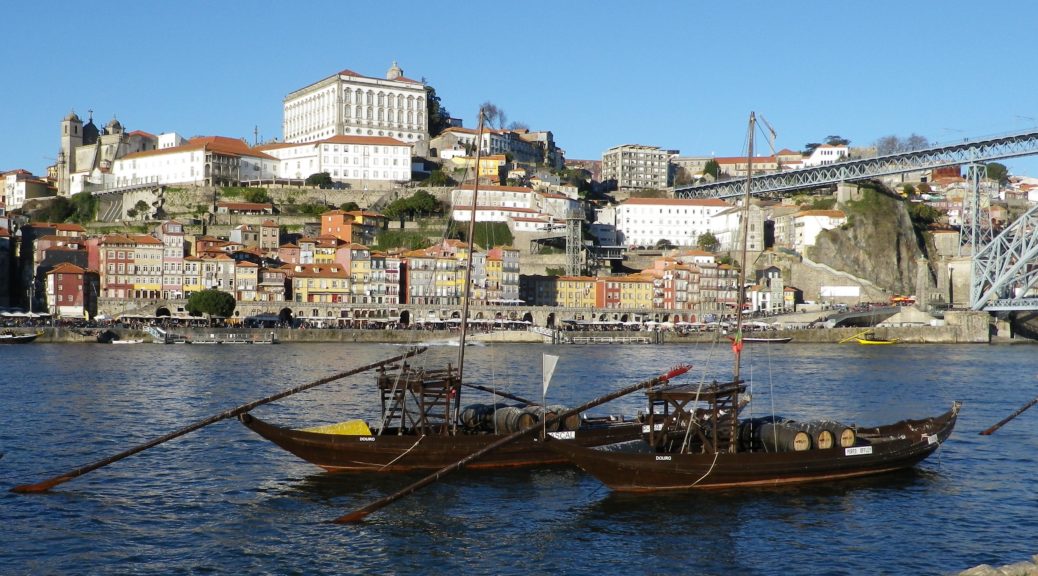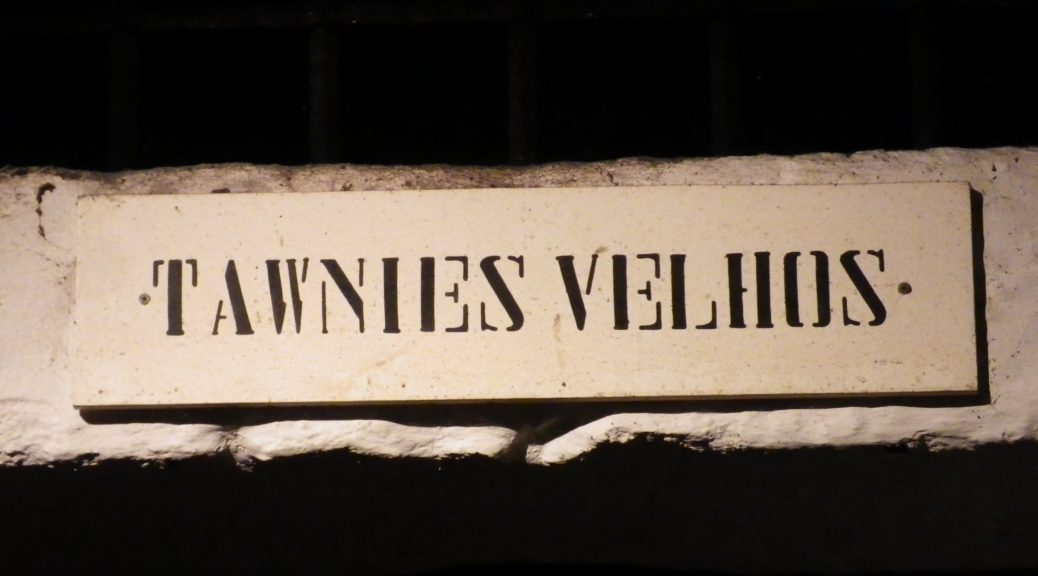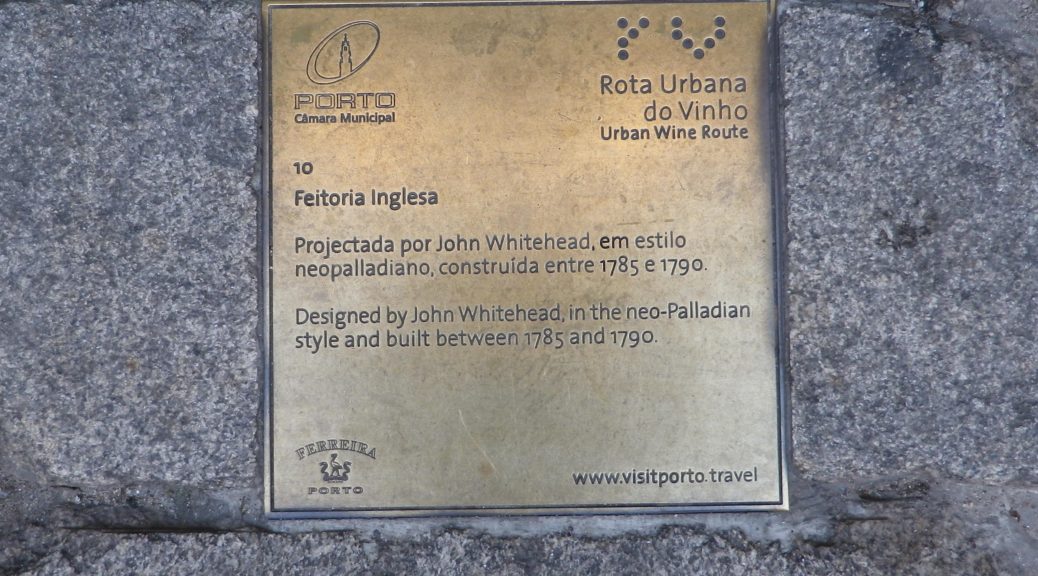Monthly Archives: February 2017
Wine on the Way
Wine is a great European tradition. The Way of Saint James (“The Way”), a pilgrimage route to the far northwestern corner of Spain, is another. The two combine magnificently on this short hike.
Around the year 1000 A.D., people across northern Europe began to undertake pilgrimages to the shrine of Saint James (the Greater). The routes they took to northern Spain tended to converge in France, just in front of the Pyrenees, which they would cross in groups, before continuing the long trek across northern Spain. Of course, for northern Europeans, there was no one route, rather a series of waypoints (mostly small towns or large monasteries) that lead to the Pyrenees’ passes. Most of these waypoints were a day or so apart, where those who hiked The Way (and that was most of them), could find food, shelter and safety for the night. The routes today, if not strictly identical to the ones in medieval times, still follow that precept. Hiking in Germany, northern France, even Switzerland, The Way routes are seemingly ubiquitous. It is now popular to hike in stages over the years, culminating finally at Santiago de Compostela.
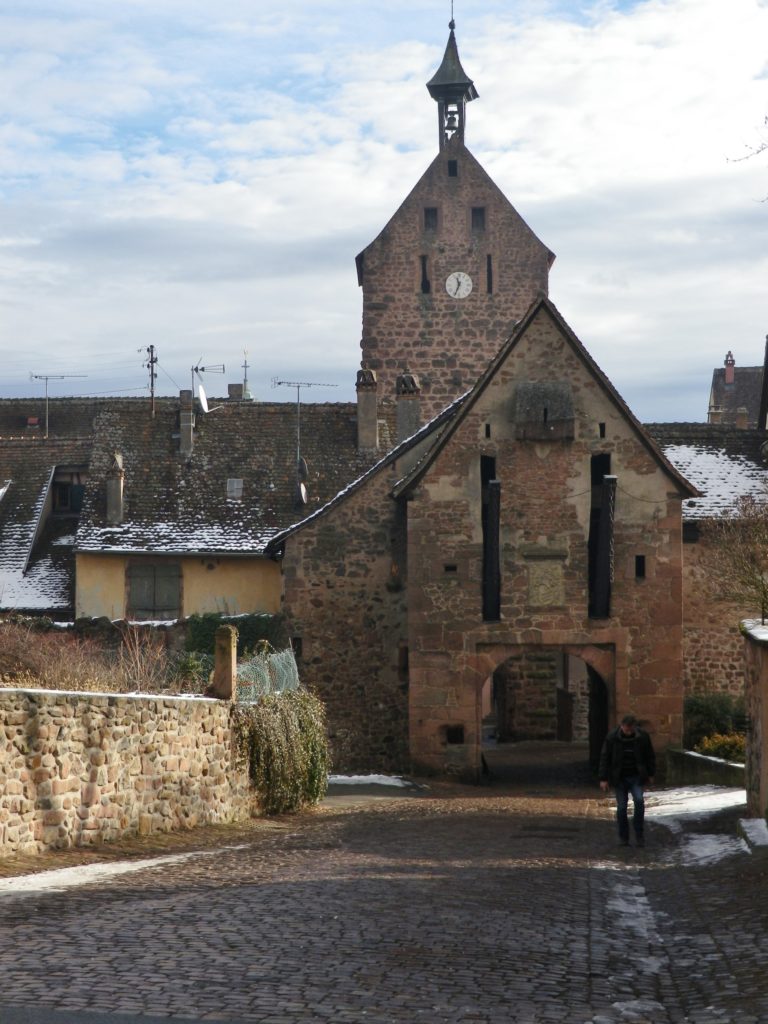
Wine Notes: Alsace Haut-Rhin Grands Crus
What I Learned
Alsace’s Haut-Rhin (upper Rhine) area’s interesting geological history resulted in some great terroirs. It was initially born of volcanic activity. Once spent, the volcanic mountains collapsed on themselves, and an ancient sea covered the area. Then two roughly parallel mountain chains arose (the Vosges in France, and the Black Forest range in Germany), and the ancient Rhine river poured through the resulting valley. As the river receded to its current banks, it exposed the slopes of the Vosges. The soil here is incredibly complex, thanks to this geological history, and it results in minerally, and complex wines.
Alsatian Way of St. James: Trail in a Nutshell
Trail Name: The Way of Saint James (Chemin de Saint Jacques de Compostelle)
Trail Type: Long distance; much of it paved (in this section), well maintained, and fairly well marked.
Length:
Total – Approximately 2000 kilometers (to reach Santiago de Compostela, Spain, from northern Alsace)
Segment – 7.5 kilometers/ @4.5 miles
Convenient to: Colmar, Alsace, France
Marking:
“Chemin de Saint Jacques de Compostelle” (Stylized cockleshell of yellow rays on a blue background)
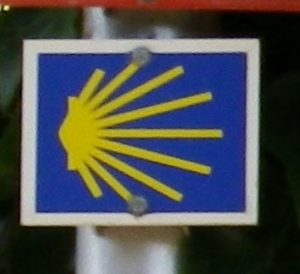
Continue reading Alsatian Way of St. James: Trail in a Nutshell
Port in Porto
Deviating from my normal routine of hiking in the countryside, I recently completed a wine-themed walk in Porto called the Urban Wine Route (Rota Urbana do Vinho, in Portuguese). But this route has a big caveat! Formerly developed by city authorities, the tourist offices no longer have it listed as an itinerary to complete! My confusion deepened when I found a map of it though, among tourism brochures in the Museum of Port. That brochure, along with my online research, gave me enough information to follow it, so I did.
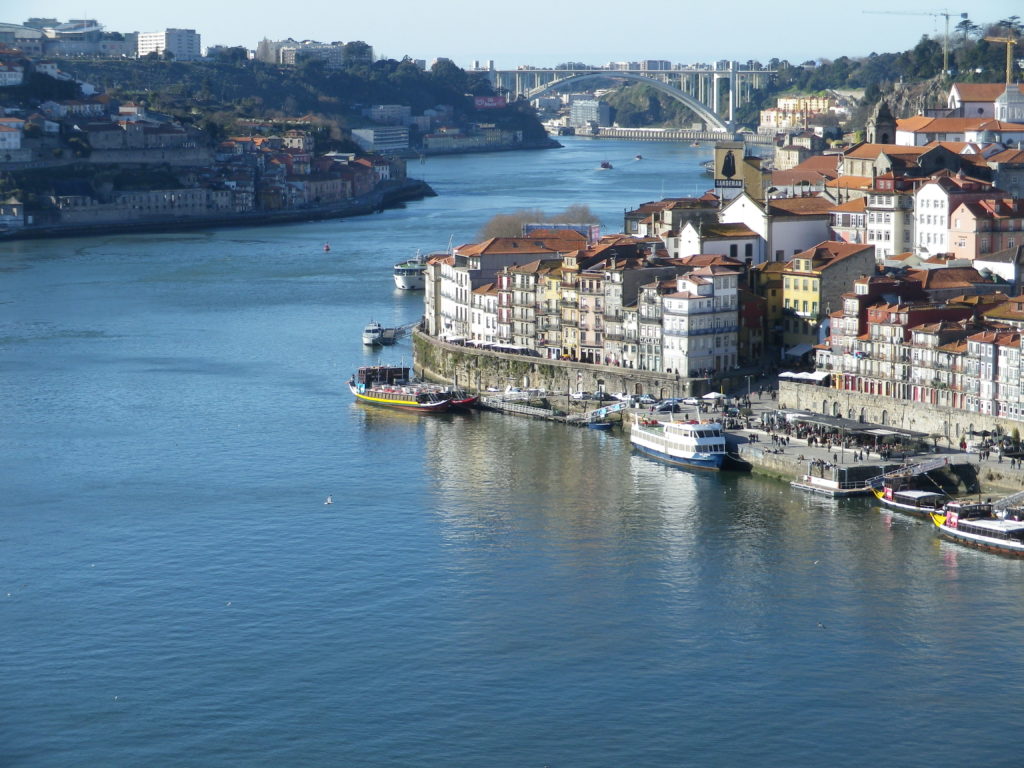
Wine Notes: Port Wine
What I Learned
Port is a fortified wine with its own appellation. It became known as Port because it was stored and shipped from the Portuguese town of Porto. The wine itself comes from the upper Douro region. These basic facts weave a fascinating tale of the history of Port.
Port wine begins in the upper Douro River valley. This grape growing area was one of the first in the world to be demarcated. Currently, the appellation regulations permit some 100 varietals for port production. After the harvest and some fermentation, aguardente, a brandy-like substance (but certainly not one that brandy drinkers would appreciate), is added to the wine to stop fermentation.
Urban Wine Route: Trail in a Nutshell
Trail Name: Urban Wine Route (Rota Urbana do Vinho)
Trail Type: Short distance, meandering walk, set in an urban environment. The route itself is not marked directionally, but does include distinctive explanation markers at many of the relevant monuments.
Length: Total: Circa 5 kilometers/ circa 3 miles
Convenient to: Porto, Portugal
Marking: Square metal plaques embedded in the sidewalk by sites on the itinerary
